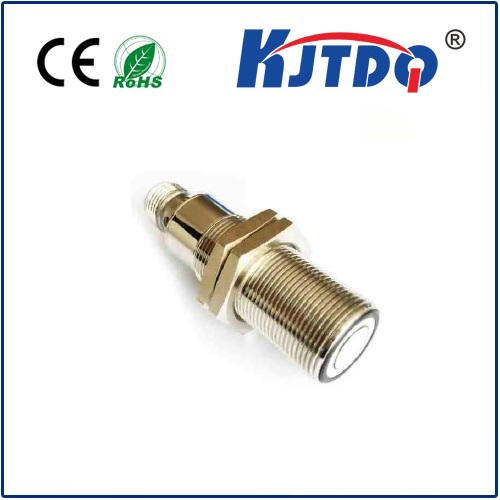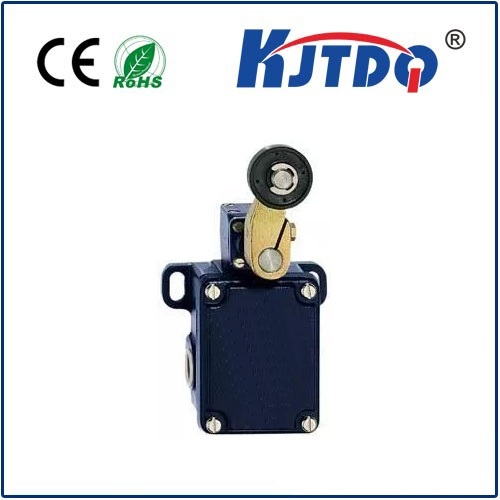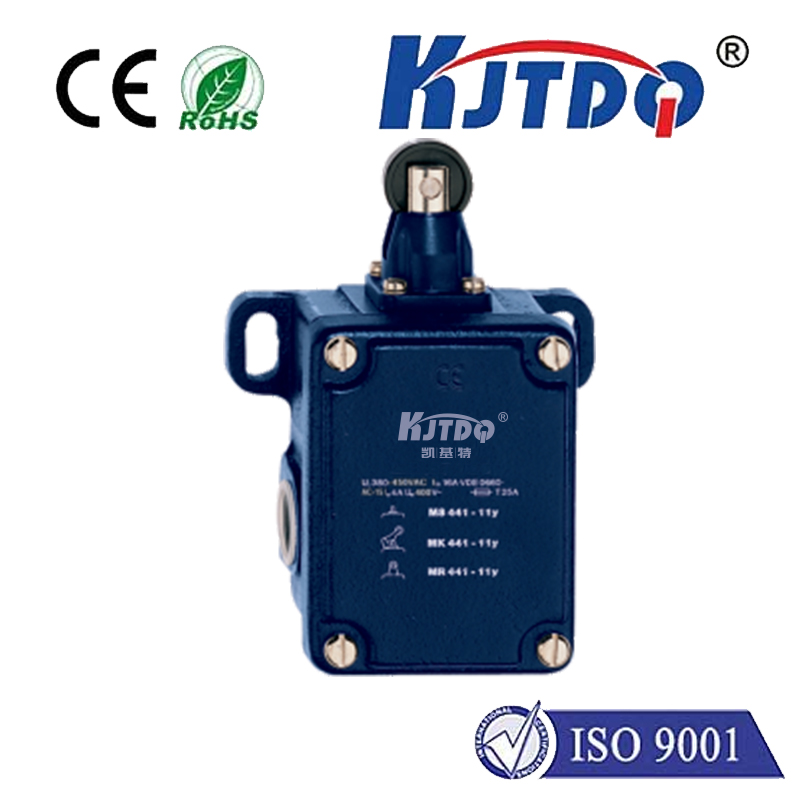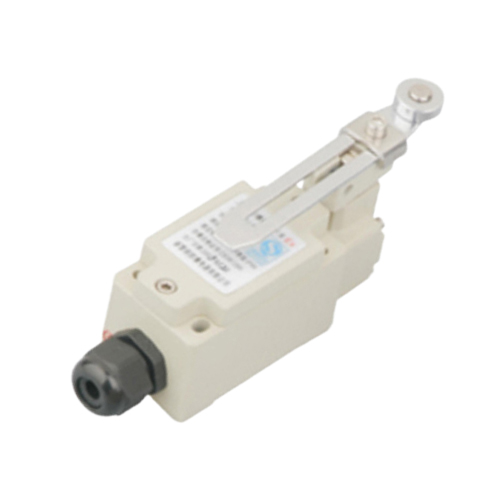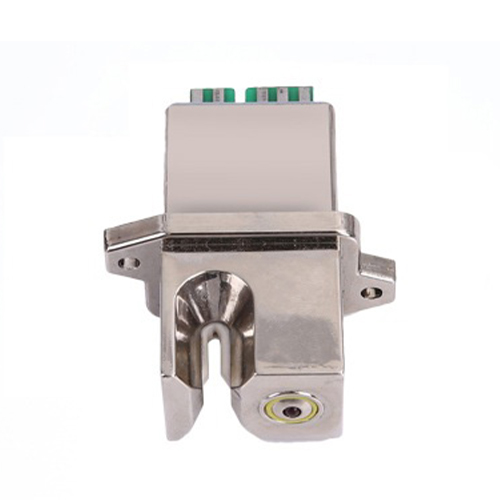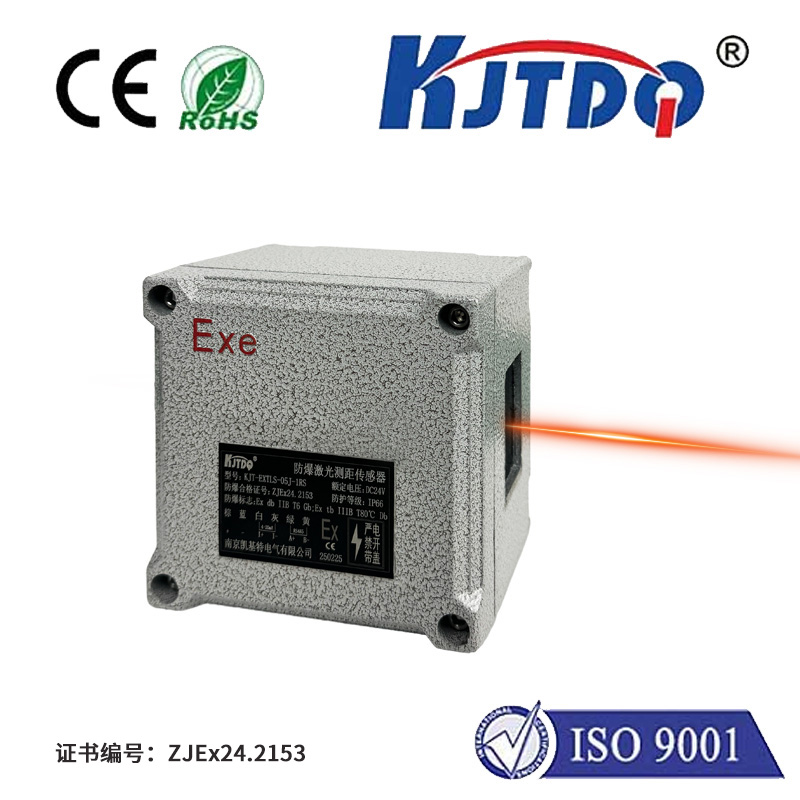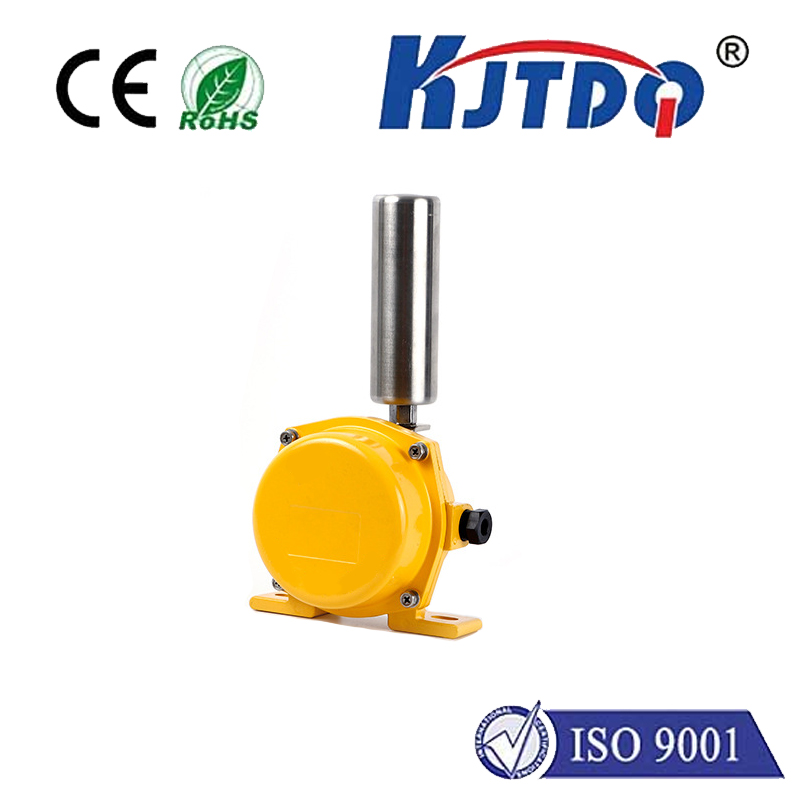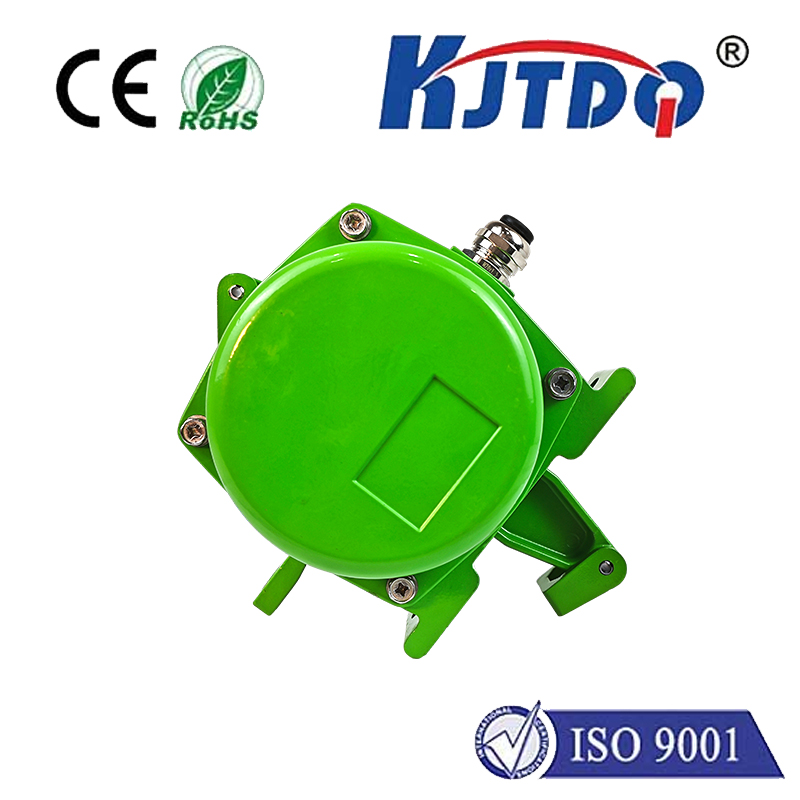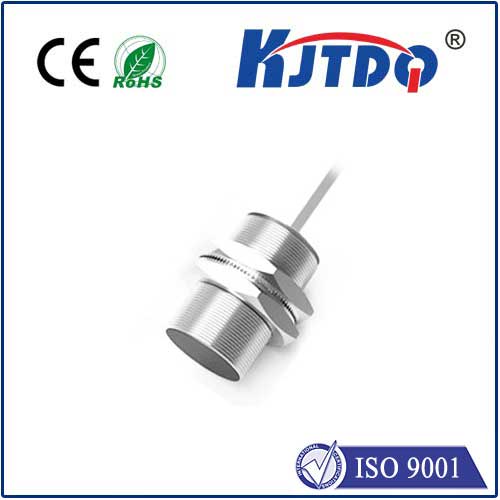

check

check

check

check

check

check

check

check

check

check
Title: Understanding the Role of Limit Switch Schematic in Automation Systems
In recent years, automation systems have become increasingly prevalent in various industries. These systems are designed to streamline processes, increase efficiency, and reduce labor costs. One critical component of automation systems is the limit switch schematic, which plays a crucial role in ensuring safe and reliable operation. In this article, we will discuss the significance of the limit switch schematic and its functions in automated devices.
Introduction:
The limit switch schematic is a crucial element in automated systems, primarily for safety reasons. It is a mechanical or electronic device that detects the presence or absence of an object or obstacle within a designated range. The schematic provides feedback to the control system, allowing it to make decisions on whether to continue or stop the process. This article will delve into the different types of limit switches, their applications, and how they work.
Types of Limit Switches:
There are two primary types of limit switches: magnetic and electromechanical. Magnetic limit switches use a magnet to sense the presence of an object, while electromechanical limit switches use a spring mechanism to detect contact with an electrically conductive surface. Each type has its advantages and disadvantages, depending on the application's requirements.
Applications of Limit Switches:
Limit switches are widely used in various industrial and commercial applications, including:
1. Machine tools: Limit switches are essential in machine tools such as lathes, milling machines, and CNC machines, ensuring safe and precise operations.
2. Automobiles: Limit switches are used in automotive systems, such as door switches and turn signals, to provide feedback to the control unit.
3. Packaging: In packaging industries, limit switches are used to ensure accurate product positioning during manufacturing processes.
4. Material handling: Limit switches are used in material handling equipment, such as conveyor belts and cranes, to prevent damage to equipment and personnel.
5. Medical devices: Limit switches are used in medical devices such as surgical robots and prosthetic limbs to provide precise movement and control.
How Limit Switches Work:
The working principle of a limit switch depends on its type; however, both magnetic and electromechanical limit switches operate based on the presence or absence of an object within a specified range. Here's how they work:
1. Magnetic Limit Switches:
When an object passes through the magnetic field created by the switch, it causes a change in theSwitch's position or state(open or closed). The switch then sends a signal to the control system, informing it of the object's presence or absence. If the object is too large or too close, it can cause damage to the switch or the surrounding components.
2. Electromechanical Limit Switches:
An electromechanical limit switch consists of a movable arm (spring) that contacts an electrically conductive surface when it reaches a certain position. When an object comes into contact with the switch, it pushes the arm out of its normal position or moves it beyond its threshold, causing it to interrupt the current flow and send a signal to the control system. Like magnetic limit switches, electromechanical limit switches can experience wear and tear over time, leading to increased failure rates.
Conclusion:
In conclusion, the limit switch schematic is a vital component in自动化 systems due to its ability to detect obstacles and ensure safe and reliable operation. By understanding the different types of limit switches and their applications, engineers can design effective control systems that meet specific industry requirements. As technology continues to advance, so do our capabilities to create more sophisticated and efficient automation systems, making life easier for people around the world.
